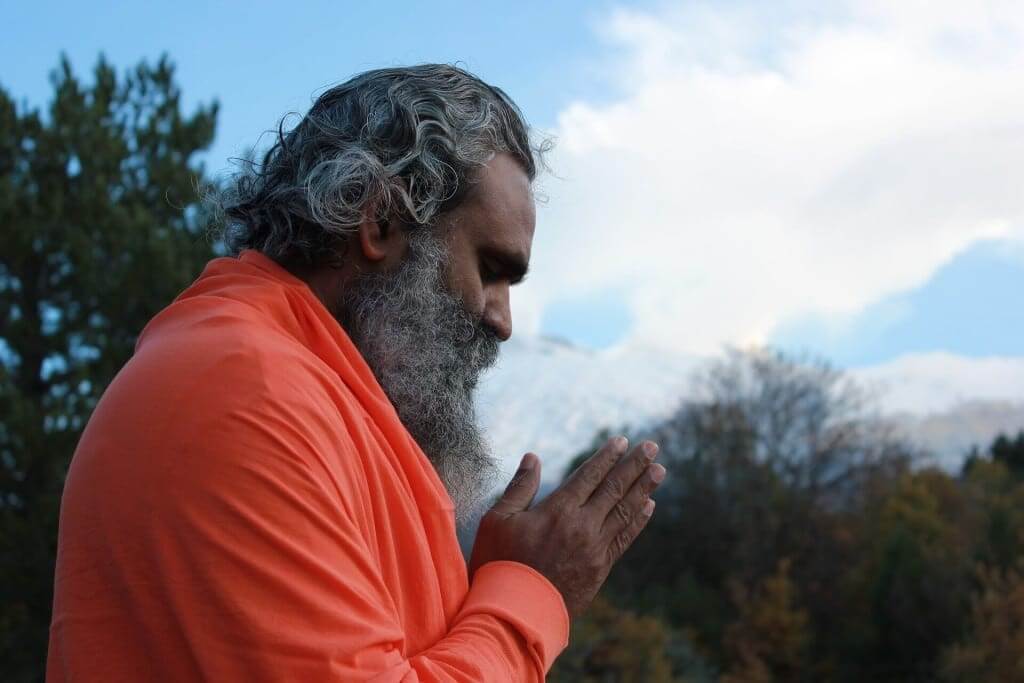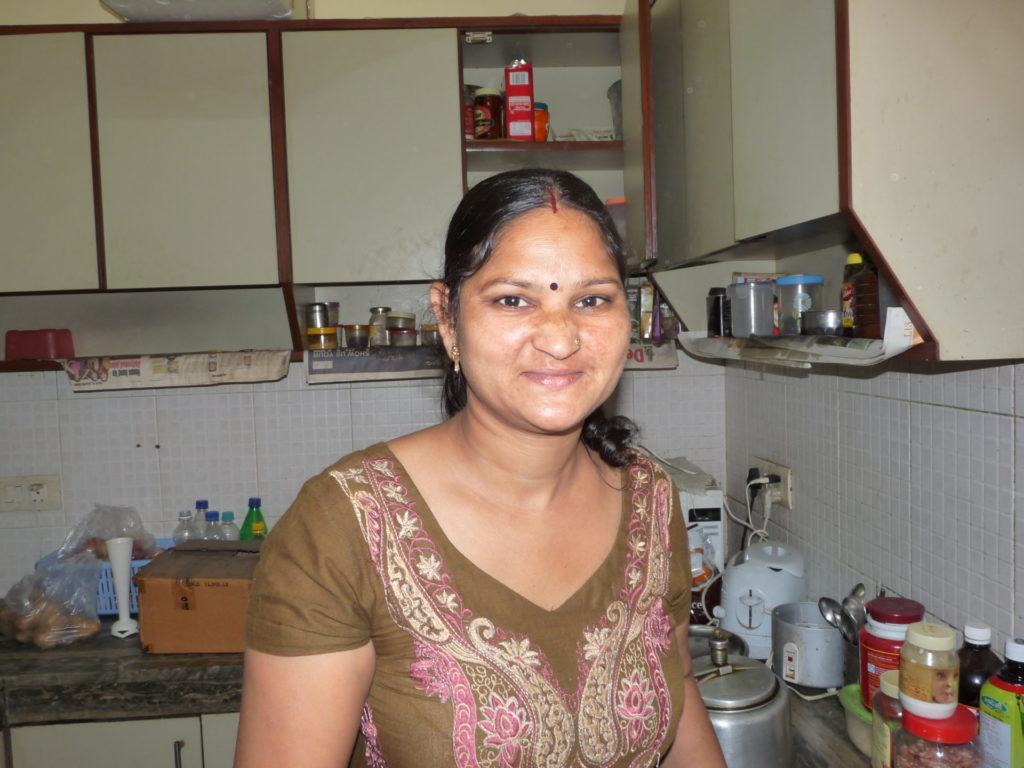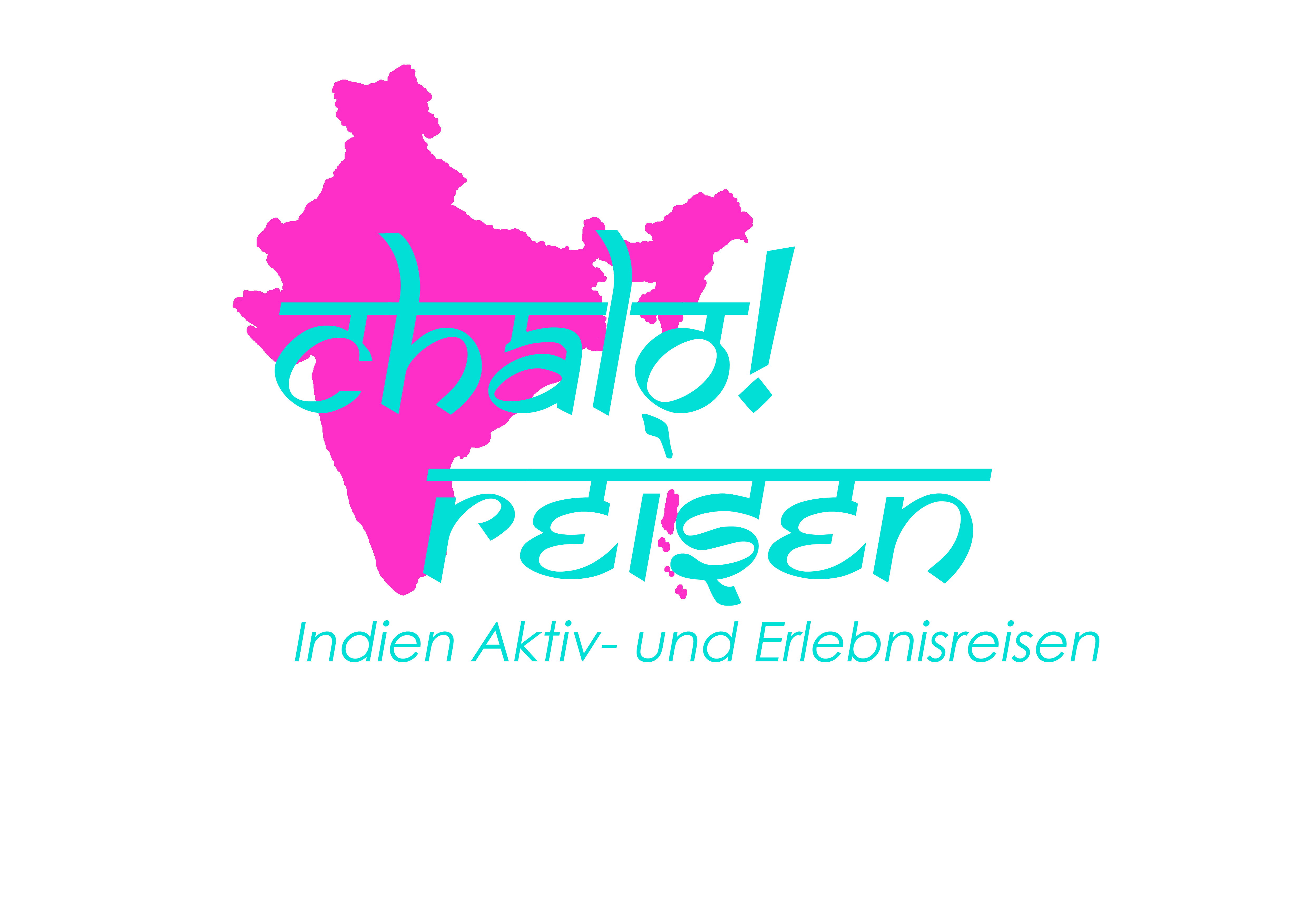Notes and guidelines
Having the opportunity to visit an Indian family during a stay in India is a great experience and provides a deeper insight into the culture and way of life of the Indians than just traveling as a tourist.
Indian culture is completely different and this is also reflected in some of the “rules of conduct” that apply when visiting an Indian home.
If you adhere to these guidelines, you will ensure that both the hosts and the visitors feel comfortable.
But no fear! Indians are not only excellent hosts, they are also very sociable and like to overlook minor behavioral errors. As a foreign guest, you clearly have a special bonus.
- Guest gift

It makes a good impression to have a little something with you. In India it is often fresh fruit or sweets that are given to the housekeeper and the children.
2. Respectful greeting

The best way to greet your host is with your hands clasped in front of your chest (Namaskarmudra) and a “Namaste” or “Namaskaram”. For older people, bend deeply, touch the other person’s feet with your hands and then return your hands to your head and heart. That expresses additional respect.
3. Refreshments

After arriving at the house (without shoes), you are asked to sit down. Furniture can be present, but does not have to be. In Indian homes one often sits deep on pillows and mattresses at low tables. The hostess will hand you refreshments one at a time. It is customary to serve water first and then mostly a chai with snacks.
4. Wash hands before eating
Depending on who you are invited to dinner with, you will either be given a spoon or not. However, washing hands before eating is a must as at least the bread is eaten with your hands.
5. Eat with your hands

If you can’t get a spoon, you can always ask for it. Or you can eat with your right hand by placing the food on your fingertips and pushing it into your mouth with your thumb. The best thing to do is watch the Indians eating around you. It can be very different depending on the region. In Rajasthan, for example, all dishes are mixed by hand into a pulp, in Kerala the whole hand is often used and in northern India the dishes are eaten one after the other.
6. Resupply

Often people in India don’t help themselves, but the women deliver fresh, warm chapatis (bread), dal (lentils) and vegetables.
Therefore, the women (or the woman) often do not eat for themselves until later, after the other family members have been served.

You get as much lookup as you want, but be careful, sometimes a “no, thank you” is not accepted and understood as shy reluctance. When you are really full, express them emphatically. Sometimes the dessert is traditionally served at the beginning, sometimes at the end. so leave some space for it.
7. After eating

Indians can be very quick eaters. You wait in front of your empty plate until everyone has finished eating. Only then do you get up to wash your hands.
8. Digestive Spices and Chai
After eating, you may be served a mixture of fennel, anise with sugar and other spice seeds for digestion or you may be offered a tea.
9. Adoption
It is not uncommon to give the children some money (100 rupees) when they say goodbye. You say goodbye again with a Namaste.
10. Bathroom

Indian bathrooms usually do not have a separate shower, which is why the floor is often wet. For this purpose, flip-flops are available in front of the bathroom. Many Indian bathrooms have western toilets, otherwise you will find a squat toilet. In both cases, there may be no toilet paper, but a small cup of water or a hose on the side of the toilet bowl. If there is no flush, fill a bucket with water and use it.
I hope this article was able to give you a little insight into how a visit to an Indian family can go. If you have any questions or additions, I am very happy to read about them!





